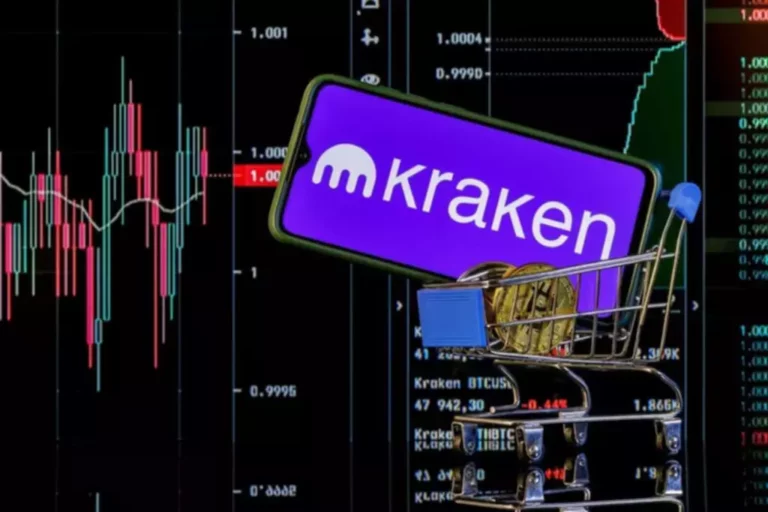Content
Exchange operators can cancel all working orders by market participant, symbol, and instrument type at once. DXmatch has a safety net to protect customers from accidents using the following Blockchain risk controls available immediately. Stateless APIs for trading and exchange management (REST, FIX), automatic failovers (RAFT protocol). This would be represented by a graph with an outline of a normal distribution and an arrow or line representing the sampling of the distribution each time an order was generated.
Benefits and Drawbacks of Using Matching Engine Software
Then, buy orders with the same maximum price are prioritized based on the time of bid, and priority is given to the first buy order. The automated request object basically uses one parameter constructor to get the trade input upon construction — which input could be coming from another software component that determines each trade. This would work for algorithmic trading where these processes are all automated and different components instantiate trade requests automatically. The system prohibits matching buy and sell orders from the same market participant, ensuring appropriate order placement. The crypto exchange engine DXmatch algorithm sets a limit price for Market and Stop orders to prevent order execution too far from the best market price.
- The trading engine is a complex, sophisticated piece of software that collects and instantly synchronises data from different currencies being traded.
- Another approach, “Pro-Rata,” favors larger orders, ensuring they enjoy a proportionally larger share of available liquidity.
- The Market Data Feed service offers the ability to receive real-time updates about the trading information such as quotes, last traded price, volumes and others.
- Completely fill out your user profile, then view your matched opportunities, and start applying.
- Instances communicate via Grenache to allocate and execute trades, spawning new workers in times of high load (and vice versa).
- These engines are built to facilitate trading various asset types without requiring multiple systems, simplifying operations and potentially reducing costs.
Understanding matching engine behavior with Databento data

Although there are sell orders at both 501 and 502 , those at 501 take precedence over those at 502 as a result of price priority . Of the three orders at 501 , in terms of time priority , securities company F orders takes precedence , followed by securities company E and then securities company D . These are then followed by order at price level 502 with securities company C orders taking precedence over securities company A order . OMEs are crucial in electronic trading systems, enabling market participants to trade without human assistance and offering numerous advantages. The order matching system is paramount in every exchange for its efficient execution of trades and ensuring https://www.xcritical.com/ that all transactions are fulfilled at the best price.
Exchange Matching Engine Emulation
For example, a buy order for 300 shares of a security at $50 per share is followed by another buy order of 100 shares of the same security at a similar price. First-In-First-Out (FIFO) and Pro-Rata are the two most common algorithms used for matching orders. Matching orders refers to the process of entering identical orders of buy and sell simultaneously to encourage trading in that particular security.

The prevents any Request instance to be accidentally or intentionally copied in the exchange. Automatically cancel all orders of a market participant in the event of a FIX API’s disconnect. All working orders pertaining to a market participant can be canceled at once while preventing new ones.
The system fills the requests or keeps them pending as per the availability, and keeps track of all transactions and their timestamp in the order book. At its essence, the matching engine’s role is to create a venue where market liquidity— the ease with which assets can be bought or sold at stable prices—is maintained through the continuous matching of orders. By efficiently aligning buyers and sellers without significant price discrepancies, matching engines uphold the integrity of financial markets and facilitate the fair and orderly execution of trades.
However, there is an important trade-off between a centralised and a decentralised engine. Today, we will talk about the cryptocurrency matching engine since it is one of the hottest markets, and we will explain what you need to know before you start a crypto business. DXmatch can be easily deployed on different platforms, including bare metal servers or cloud platforms like AWS and Google Cloud. This flexibility allows trading venues to choose the deployment option that best suits their needs and infrastructure. In other words, the matching engine is what allows all the above to take place, leading to the creation of efficient global markets on which vast amounts of liquidity can change hands each day.
A depth chart could be derived from the order book and represented in the GUI on another pane. Memory – Memory aids in order recovery in case of a crash, so ensure your match engine software has memory and an inbuilt recovery mechanism. Latency – This factor is crucial for businesses, especially those deploying high-frequency trading strategies.
Without adequate checks, automated systems could be exploited by unscrupulous traders. Matching engines are pivotal in modern trading infrastructure, driving efficiency and transparency across financial markets. Their integration into trading platforms brings many advantages that can transform market operations.
Regardless of the asset class your trading venue specializes in, you’ll require a matching engine in order to fulfill incoming market orders for immediate execution with liquidity from limit orders in the order book. This widely adopted algorithm prioritizes orders not only by the best price but also by the order timing. The interplay between the bid and ask sides of the order book drives the price discovery process. Price discovery is the mechanism through which the market price of an asset is determined, essentially finding the equilibrium price where supply meets demand.
A matching engine running in sophisticated market exchange is complex software system with critical hardware infrastructure . We will dwell on the overview of securities exchange and its various facets and then focus on the software design of order matching engine for such securities exchange. In order to create dummy data for the match() function to process, and to simulate the activity of buyers and sellers on the market, orders are generated according to certain parameters. These parameters determine all the characteristics of the order, including their quantity and type (market or limit).
The price of the order is determined by taking samples from a normal distribution. This is a relatively trivial process thanks to the random.normalvariate() method. Moreover, an OME is crucial for providing liquidity, enabling traders to buy or sell assets without constantly looking for a buyer or seller.
The above, coupled with our deep domain knowledge of exchanges trading platforms and post trade systems, makes us an ideal partner. Electronic exchange is an important part of trading and affects the efficiency of the securities market. There are different algorithms available for matching orders; however, choosing an appropriate algorithm is crucial for the trading system. A matching orders system is the means through which buy orders are matched with sell orders to carry out trading of securities. We will design the data structures with sample implementation for the order matching engine where order entry and matching will happen in O(N) time complexity and order cancellation will happen in O(1) time complexity. Since completing this project I have expanded my knowledge of data structures and algorithms and reflected on the structure of this program.
